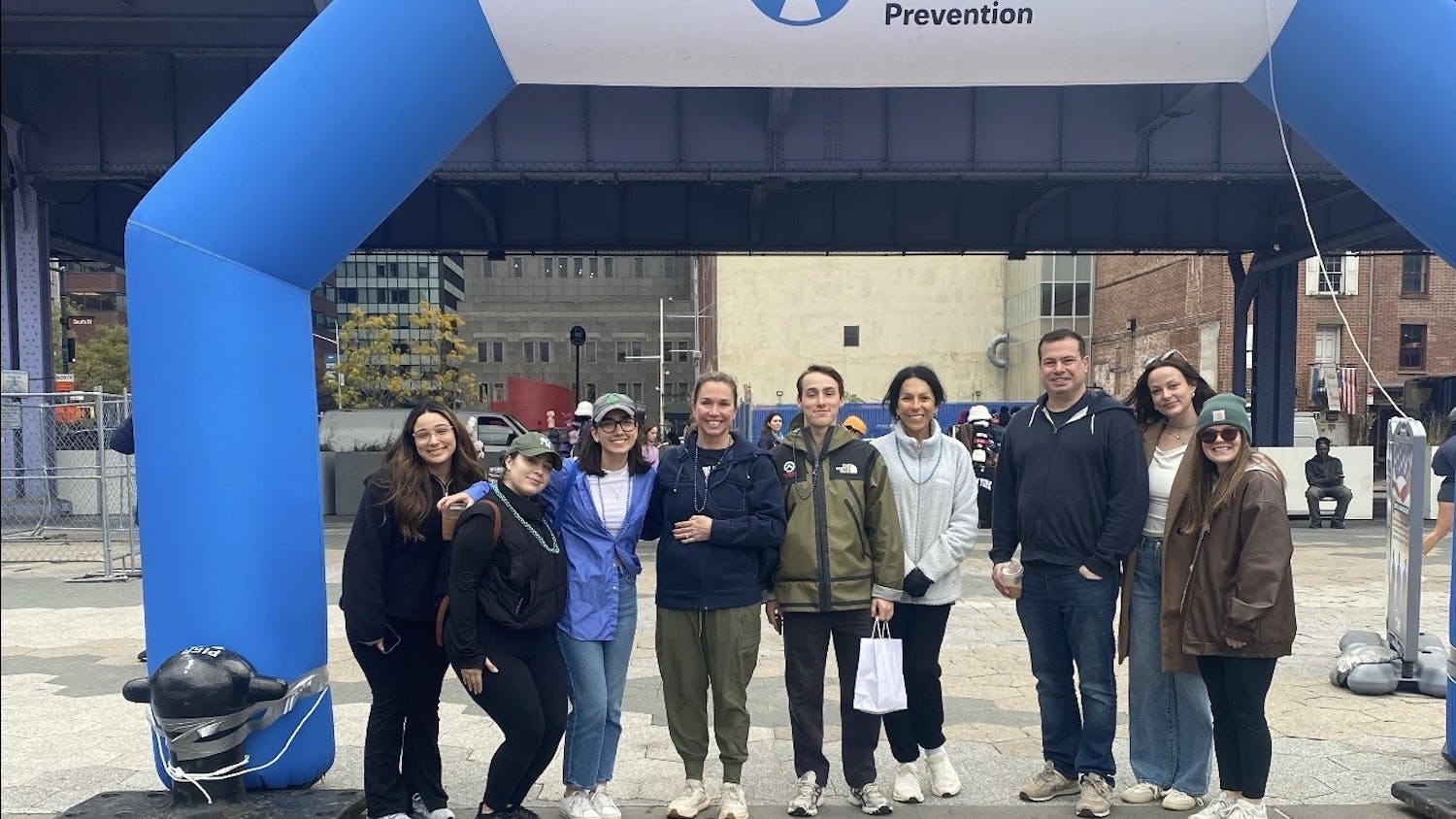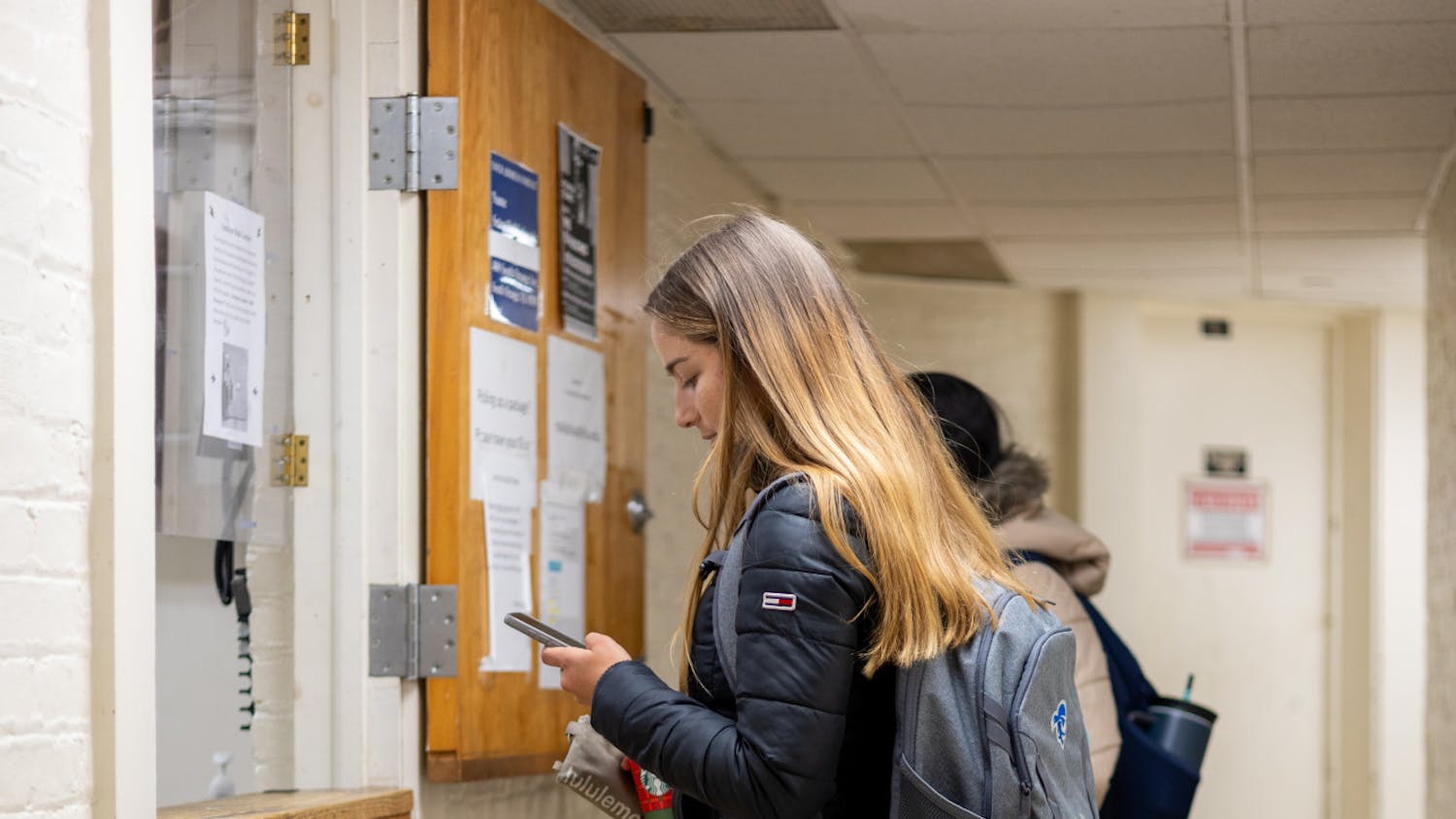While the Ebola Hemorrhagic Fever, commonly known as Ebola, epidemic is over 5,000 miles away from South Orange, Seton Hall is actively involved in spreading awareness about the deadly disease and coordinating relief efforts for affected persons.
In the outbreak region, which covers several West African nations, mortality rates are estimated anywhere between 50 and 90 percent in a region where healthcare is lacking, according to Dr. Vincent DeBari, Professor and Director of Research at the School of Health and Medical Sciences.
A large focus of his research is in epidemiology, the study of the distribution and causes of disease. Dr. DeBari said Ebola belongs to a group of diseases called filamentous viruses.
“It has an enzyme called RNA polymerace, which just makes more copies of its own RNA, and that’s how it proliferates,” he explains. “That RNA codes for proteins that simultaneously attack endothelial cells. These are the cells that line the blood vessels. And at the same time, it attacks the immune system.”
This is why the disease spreads through direct contact with bodily fluids, including blood. According to the Center for Disease Control’s website, this is the largest Ebola outbreak in history.
Since the outbreak began in March, the affected areas have included Guinea, Liberia, Sierra Leone, Nigeria and Senegal. The virus spreads through direct contact with fluids of an infected person or contaminated object. The incubation period ranges from two to 21 days where an infected person might start to notice mild nonspecific symptoms including fever, chills, muscle pain, weakness and stomach pain, among other common symptoms.
Due to the geography of known cases, mostly on the African continent, Ebola is commonly confused with malaria, typhoid fever or other such bacterial infections, according to the U.S. Department of State Bureau of Consular Affairs.
According to the website to the Centers for Disease Control and Prevention, there are no effective vaccine or medicine for Ebola. However early detection increases chances of survival. There is very little previous research on this virus and that is partly what makes it so dangerous. However, medical centers in the United States, including Emory University hospital in Atlanta, Ga and the Nebraska Medical Center in Omaha, Neb, are currently conducting research.
Furthermore, Dr. DeBari mentions that, by now, a few of the bigger medical centers in northern New Jersey have implemented serious infection control measures to deal with any suspected case of Ebola.
Following the increasing number of Ebola cases in more and more African countries, Seton Hall’s Student Services offices sent out an email with a link to information about the disease at the website for the Centers for Disease Control and Prevention. They advised students who have recently traveled to any of the affected areas Africa get screened at Health Services.
In addition, the Division of Volunteer Efforts (DOVE) will be accepting donations of supplies needed in the affected areas. All supplies collected by DOVE will be taken to outbreak areas through the Society of African Missions. More important items being collected include Latex examination gloves, heavy duty utility gloves, surgical gloves, facial masks, protective goggles, plastic protective head covers, shoe or boot covers, heavy duty plastic aprons, rain boots, antiseptic hand sanitizer and powdered soap with chlorine. Items could be brought to the DOVE office, located in Room 108 in the basement of Boland Hall.
Emily Balan can be reached at emily.balan@student.shu.edu.





